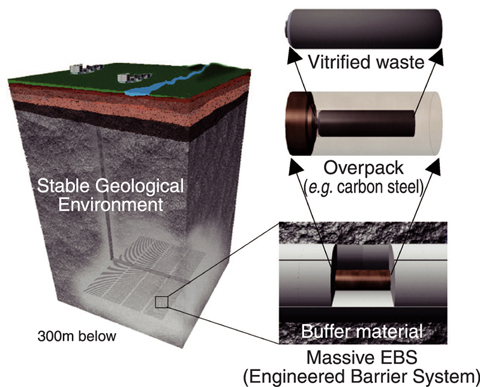
Fig.2-1 Basic concept of geological disposal of HLW in Japan
Fig.2-2 JAEA's R&D activities
In essence, geological disposal aims to isolate high-level radioactive wastes (hereafter, HLW), which are produced by nuclear power generation, from human environments for a long time. In Japan, spent fuel from power reactors is reprocessed to extract re-useable uranium and plutonium for power generation purposes. The liquids separated from the spent fuel during chemical reprocessing are solidified into a stable glass form. In the Japanese concept, vitrified wastes are encapsulated in a thick steel overpack, which is surrounded by highly compacted bentonite and then placed in a stable geological environment at a depth below 300m (Fig.2-1).
Geological disposal of HLW will be a long-term project of more than one hundred years from site selection to repository construction and operation, followed by post-closure monitoring. To launch repository operation in the late 2030s, the Nuclear Waste Management Organization of Japan (NUMO), which has the responsibility for geological disposal of HLW, is now calling for volunteer municipalities for preliminary investigations of their area as a site for the repository. It is thus of much significance that the project should be promoted efficaciously, as a national responsibility, by continuously reinforcing the technical base and enhancing public confidence. To this end, we have made and will continue to make steady progress in research and development in various fields, e.g. geoscientific research, engineering technology and safety assessment, taking advantage of developments in these fields to improve the technology and reliability of geological disposal in Japan.
A particular focus of our research and development (R&D) at present involves projects at two Underground Research Laboratories (URLs) to establish techniques for characterising the geological environment: one at Mizunami in crystalline rocks and the other at Horonobe in sedimentary formations (Fig.2-2). Surface-based investigations (Phase I) have been completed at both URLs. Investigations during tunnel excavation (Phase II) are currently ongoing, which will verify the reliability of the surface-based investigation techniques. Underground tunnels will serve as a place for the public to experience deep geological environments first-hand and appreciate our R&D activities. In addition, study of the long-term stability of geological environments has progressed, which involves the development of new techniques for, e.g. investigating the presence of hidden magmas in the crust and simulating the topographical evolution.
In parallel with such geoscientific research, we are conducting an extensive laboratory programme at the Tokai R&D Center to improve the geological disposal technology. Studies have been carried out over a wide range, e.g. performance assessment of multi-barrier systems and experiments on engineered barrier systems and long-term chemical and migration behaviour of radionuclides under actual geological conditions. These studies are linked with the geological environment data obtained from URLs. In 2008, a database for steel overpack corrosion was preliminarily developed based on long-term experimental data, and the world's first attempt was made to develop a radionuclide sorption database in which the reliability of each value was clearly categorised, which represented a notable advance.
Based on such R&D activities, we have now been working intensively on the development of the next generation knowledge management system (KMS) to systematically manage multiple lines of evidence and the R&D results relevant to safety in the form of a knowledge base.